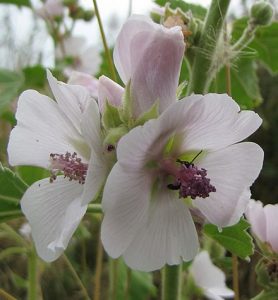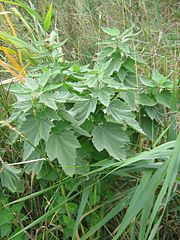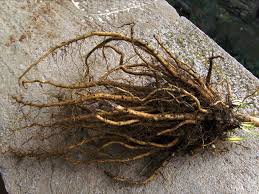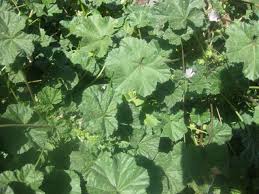Marshmallow Root
 I opened up Boston Harbor to share marshmallow root with everyone. It is one of my favorite herbs because everyone benefits from this plant. Althaea officinalis is its latin name.
I opened up Boston Harbor to share marshmallow root with everyone. It is one of my favorite herbs because everyone benefits from this plant. Althaea officinalis is its latin name.
It helps with many different things like reducing inflammation, immunity, anti-aging, disease resistance, kidney weakness, lowers blood sugar levels, shrinks and softens growths, and had protein to build muscle.
Marshmallow is also filled with many nutrients like vitamin A, B1, B2, B3, B5, C, oxygen, calcium, iron, potassium, and magnesium. The list could go on and on.
This plant is amazing!
Marshmallow grows in yards all over. Growing to around 4 feet in length with stems that have jagged edged leaves that are covered with fine hair. The flowers that can grow up to 2 inches wide with colors the vary from white, light red, or purple. You can harvest marshmallow yourself and use all of it’s parts. The roots can be dried and used for tea, the flowers are good for dry chapped skin, and the leaves can be put into a salad and eaten.
 Caution:
Caution:
However, if you use chemicals on your lawn, you do not want to use those. These plants have been tainted by the chemicals. If you do decide you want to start harvesting the marshmallow plant, wait two years after your last lawn treatment and you should be able to harvest them the third year.
When marshmallow root is dried it can be white and fluffy or chunky with a little bit of fluff. It all depends on how it is prepared. When making the tea, it has a faint yellow color if any at all. Marshmallow does not have much of a flavor, it’s not sweet or bitter so if you mix it with another tea or flavor it’s not going to ruin the taste of your drink.
Here is this fun rhyme to help you remember the uses of marshmallow:
Dry places are moistened
Hard conditions are softened
Inflammation goes away
Tissues resist decay.
-Cathie-




